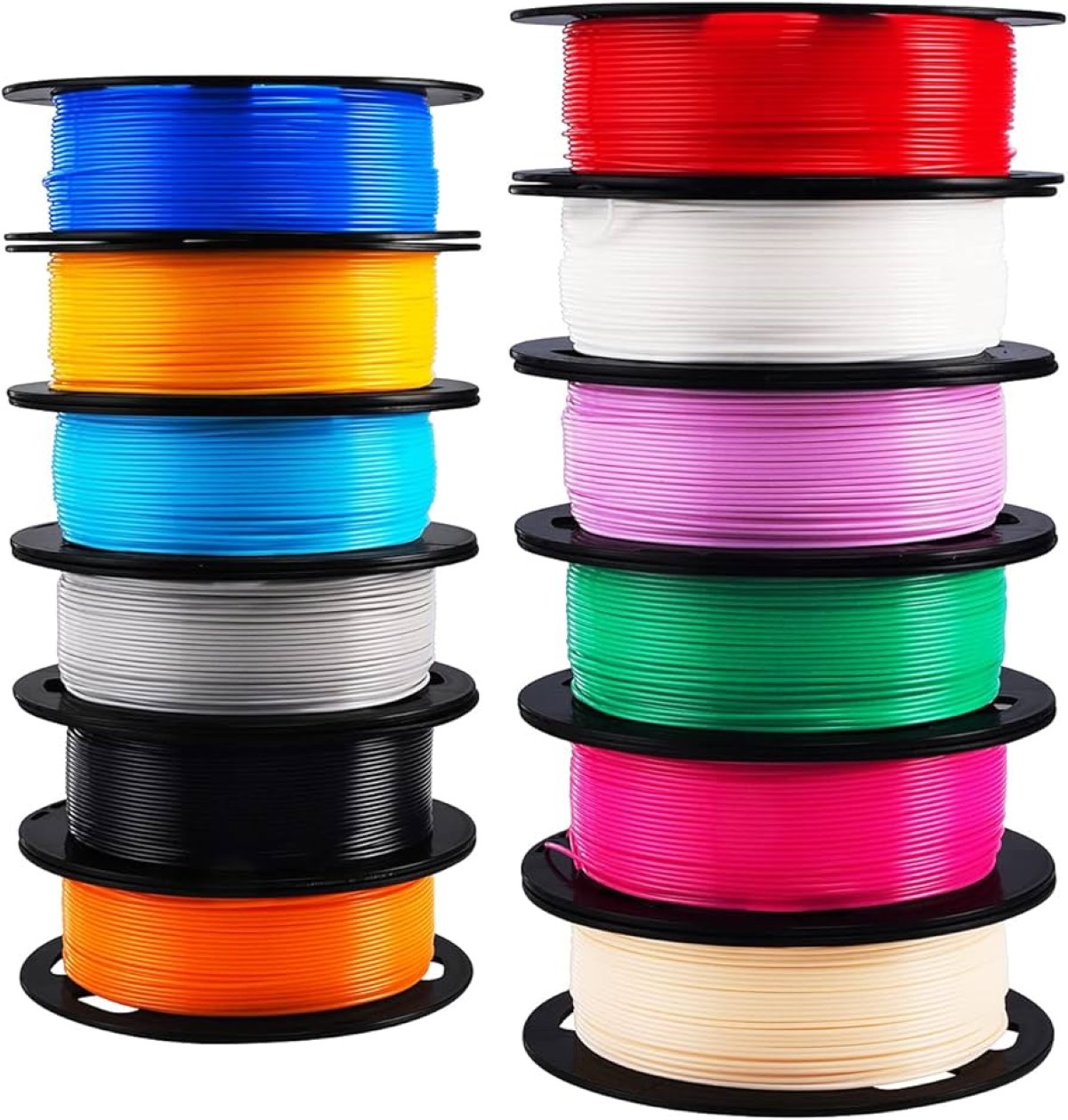

Articles
How To Store Pla Filament
Modified: January 6, 2024
Learn the best methods to store PLA filament in this informative article. Keep your 3D printing material fresh and in optimal condition.
(Many of the links in this article redirect to a specific reviewed product. Your purchase of these products through affiliate links helps to generate commission for Storables.com, at no extra cost. Learn more)
Introduction
Storing PLA filament properly is essential for maintaining its quality and prolonging its lifespan. PLA (Polylactic Acid) is a popular 3D printing material known for its ease of use, biodegradability, and versatility. However, if not stored correctly, PLA filament can absorb moisture and become brittle, resulting in poor print quality and failed prints.
In this article, we will guide you through the steps to store PLA filament to ensure optimal printing results. By following these tips, you can prevent moisture absorption, protect the integrity of your filament, and maintain its printing performance.
Key Takeaways:
- Properly storing PLA filament is crucial for maintaining print quality and prolonging filament lifespan. Clean, dry, and airtight storage, along with humidity control, are essential for optimal 3D printing results.
- Avoiding sunlight exposure, storing in a cool, dry place, and considering vacuum sealing are key steps to protect PLA filament from moisture and maintain its integrity for successful 3D printing.
Read more: How To Store Polylactic Acid (PLA)
Step 1: Clean and Dry Filament
Before storing your PLA filament, it is important to ensure that it is clean and dry. Any dust, debris, or moisture on the filament can affect its quality and ultimately impact your prints. Here’s how you can clean and dry your filament:
- Inspect the Filament: Before cleaning, carefully inspect the filament for any visible dirt, dust, or particles. If you notice any, gently wipe it off using a lint-free cloth or compressed air.
- Clean the Filament: For a thorough cleaning, you can use isopropyl alcohol (IPA) or a mild soap solution. Dip a clean cloth or sponge in the cleaning solution and wipe the entire length of the filament. Be gentle to avoid tangling or damaging the filament.
- Dry the Filament: After cleaning, allow the filament to air dry completely before storing it. You can hang it vertically or place it on a clean, dry surface. Avoid exposing it to direct sunlight or high temperatures, as this can cause warping or deformation. Depending on the ambient humidity, it may take several hours for the filament to dry completely.
By cleaning and drying your filament before storing, you can ensure that it is free from any contaminants that may affect its printing performance. This step helps to maintain the overall quality of your filament and prevents any issues during the printing process.
Step 2: Use Airtight Containers
Using airtight containers is a crucial step in storing PLA filament. These containers create a sealed environment that prevents moisture from entering and affecting the filament. Here’s how you can effectively use airtight containers:
- Select Suitable Containers: Choose containers that are specifically designed to be airtight. Look for containers made of plastic or glass with tight-fitting lids. Avoid containers that are permeable to moisture or have loose lids.
- Cut Filament to Length: If your filament is on a spool or reel, consider cutting it into smaller, manageable lengths. This makes it easier to store and reduces the risk of entanglement when accessing the filament for printing.
- Place Filament in Containers: Coil the filament neatly and place it inside the airtight container. Ensure that there is enough space in the container to accommodate the entire length of the filament without bending or causing any strain.
- Seal the Container: Once the filament is inside the container, firmly seal the lid to create an airtight seal. Press down on the lid to ensure a tight fit and prevent any air or moisture from entering.
- Multiple Filament Storage: If you have multiple filaments, it is recommended to store them in separate airtight containers. This helps prevent cross-contamination and ensures that each filament remains in its optimal condition.
Using airtight containers for storage provides an added layer of protection against moisture. It helps maintain the integrity of the PLA filament and ensures consistent print quality over time. Remember to store the containers in a cool, dry place away from direct sunlight or extreme temperatures.
Step 3: Humidity Control Methods
Controlling the humidity in your filament storage area is essential to prevent moisture absorption. PLA filament is hygroscopic, meaning it easily absorbs moisture from the surrounding environment. Here are some effective humidity control methods to keep your filament dry:
- Desiccant Packs: Desiccant packs, such as silica gel, are commonly used to absorb moisture. Place a few desiccant packs inside the airtight containers where you store your filament. These packs will help to maintain a low-humidity environment.
- Dehumidifiers: Use a dehumidifier in the filament storage area to reduce overall humidity levels. This is especially important if your storage area is prone to high humidity. A dehumidifier helps to maintain a dry environment, reducing the risk of filament moisture absorption.
- Humidity Indicator Cards: These cards have moisture-sensitive indicators that change color based on the humidity levels. Place a humidity indicator card inside each airtight container to monitor the moisture content. If the card indicates a high level of humidity, take appropriate measures to reduce it.
- Sealable Bags: If you don’t have airtight containers, you can use sealable bags with desiccant packs. Place the filament in the bag, add a couple of desiccant packs, and seal the bag tightly. This method helps to create a barrier against moisture.
Implementing these humidity control methods significantly reduces the risk of moisture absorption in your PLA filament. By maintaining a dry environment, you can ensure that your filament remains in optimal condition and produces high-quality prints consistently.
Step 4: Avoid Exposure to Sunlight
Exposing PLA filament to direct sunlight can have detrimental effects on its quality and performance. Sunlight contains UV rays that can degrade the filament over time. To prevent this, it is important to avoid exposing your filament to sunlight. Here’s what you can do:
- Store in a Dark Area: Choose a storage area that is away from windows or any other direct sources of sunlight. Opt for a cool, dark space where the filament can be protected from UV exposure.
- Use Opaque Containers: If you are using containers to store your filament, opt for opaque containers that block out sunlight. This helps to further shield the filament from UV rays and maintain its integrity.
- Cover the Filament: If your storage area is not completely dark, cover the filament spools or containers with a light-blocking material, such as a cloth or plastic cover. This provides an extra layer of protection against sunlight exposure.
By avoiding direct sunlight exposure, you can preserve the quality and performance of your PLA filament. UV rays can cause the filament to become brittle and produce poor-quality prints. Protecting it from sunlight ensures that your filament remains in optimal condition for successful 3D printing.
Store PLA filament in a cool, dry place away from direct sunlight to prevent it from absorbing moisture. Use a sealed container with desiccant packs to maintain low humidity levels.
Step 5: Store in Cool, Dry Place
Storing your PLA filament in a cool and dry place is crucial for maintaining its quality and usability. PLA filament is sensitive to temperature and humidity, and improper storage conditions can negatively impact its performance. Follow these tips to store your filament in an optimal environment:
- Avoid High Temperatures: PLA filament can soften or deform when exposed to high temperatures. Therefore, it is essential to store it away from heat sources such as heaters, ovens, or direct sunlight. Ideally, the storage temperature should be below 50°C or 122°F to prevent any damage.
- Control Ambient Humidity: High humidity can lead to moisture absorption by the filament. Aim to store your PLA filament in an area with a relative humidity level below 50%. If necessary, use dehumidifiers or other humidity control methods mentioned earlier to maintain the desired humidity levels.
- Avoid Damp Environments: Moisture is the enemy of PLA filament. Avoid storing it in areas prone to dampness, such as basements or bathrooms. These environments can lead to increased moisture content in the filament, resulting in print quality issues.
- Consider Temperature Control: If you have a large filament storage area or live in a region with high humidity or temperature fluctuations, you may want to consider temperature control methods. This can include using air conditioning or heaters to ensure a stable and controlled environment for your filament.
Storing your PLA filament in a cool and dry place helps to maintain its structural integrity and prevent moisture-related problems. By ensuring proper temperature and humidity conditions, you can maximize the lifespan of your filament and achieve consistent printing results.
Step 6: Consider Vacuum Sealing
Vacuum sealing is an effective method to protect your PLA filament from moisture and prolong its shelf life. By removing the air from the storage container, you can create a vacuum seal that prevents moisture from entering and affecting the filament. Here’s how you can consider vacuum sealing your filament:
- Prepare a Vacuum Sealer: If you have a vacuum sealer, make sure it is clean and in proper working condition. Ensure that you have the necessary vacuum sealing bags or rolls at hand.
- Cut Filament to Size: If your filament is on a spool or reel, consider cutting it into smaller, manageable lengths. This allows for easier storage and reduces the risk of tangling or damaging the filament during the vacuum sealing process.
- Place Filament in Vacuum Sealed Bags: Coil the filament neatly and place it inside a vacuum sealing bag or roll. Make sure there is enough space in the bag to accommodate the entire length without bending or causing any strain.
- Seal the Bag: Follow the instructions of your vacuum sealer to properly seal the bag. This will remove the air from the bag and create a vacuum seal that protects the filament from moisture and other contaminants.
- Label and Organize: Once the filament is vacuum-sealed, label the bag with the filament type and date of sealing. Organize the sealed bags in a cool, dry place, away from direct sunlight or excessive heat.
Vacuum sealing your filament provides an extra layer of protection against moisture and extends its shelf life. This method is particularly beneficial for long-term storage or if you live in a high-humidity environment. Remember to periodically check the integrity of the vacuum seal and reseal if necessary.
Step 7: Label and Organize Storage
Properly labeling and organizing your PLA filament storage can save you time and ensure that you can easily locate the filament you need for your 3D printing projects. Here are some tips to effectively label and organize your filament storage:
- Label by Filament Type and Color: Clearly label each storage container or bag with the filament type and color. This will help you quickly identify the specific filament you need for a particular project.
- Use Color-Coded Labels: Consider using color-coding labels or stickers to further differentiate between different filament types or particular brands. This can make it even easier to spot the desired filament at a glance.
- Arrange by Usage: If you have multiple filaments, you can organize them based on their usage frequency. Keep the frequently used filaments within easy reach, while the less commonly used ones can be stored further back or on higher shelves.
- Utilize Storage Racks or Shelves: Invest in storage racks or shelves specifically designed for filament storage. These can help keep your filaments neatly organized and prevent them from getting tangled or damaged.
- Keep Filaments in their Original Packaging: If you prefer to store your filaments in their original packaging, ensure that the packaging is properly labeled. Store them either upright or horizontally, depending on the instructions provided.
By labeling and organizing your filament storage, you can quickly locate the filament you need and avoid any potential confusion. This saves you time and ensures that your filaments are stored in a neat and organized manner, protecting them from any damage.
Conclusion
Properly storing PLA filament is crucial for ensuring optimal 3D printing results and prolonging the lifespan of your filament. By following the steps outlined in this article, you can effectively store your PLA filament and protect it from moisture, sunlight, and other factors that can degrade its quality.
Remember to clean and dry your filament before storing it and use airtight containers or sealable bags to create a moisture-free environment. Implementing humidity control methods, such as desiccant packs or dehumidifiers, can further prevent moisture absorption. Additionally, avoid exposing your filament to direct sunlight and store it in a cool, dry place.
Consider vacuum sealing your filament for long-term storage, as it provides an extra layer of protection against moisture. Labeling and organizing your storage area will help you easily locate specific filaments, saving you time and preventing potential confusion.
By following these steps, you can maintain the quality and usability of your PLA filament, ensuring that your 3D prints are of the highest caliber. Proper storage practices will help you avoid failed prints, filament clogs, and other printing issues associated with improper filament storage.
Take the time to store your PLA filament correctly, and you will be rewarded with consistent and successful 3D printing experiences. With a little care and attention to storage, you can enjoy high-quality prints and extend the life of your filament collection.
Frequently Asked Questions about How To Store Pla Filament
Was this page helpful?
At Storables.com, we guarantee accurate and reliable information. Our content, validated by Expert Board Contributors, is crafted following stringent Editorial Policies. We're committed to providing you with well-researched, expert-backed insights for all your informational needs.
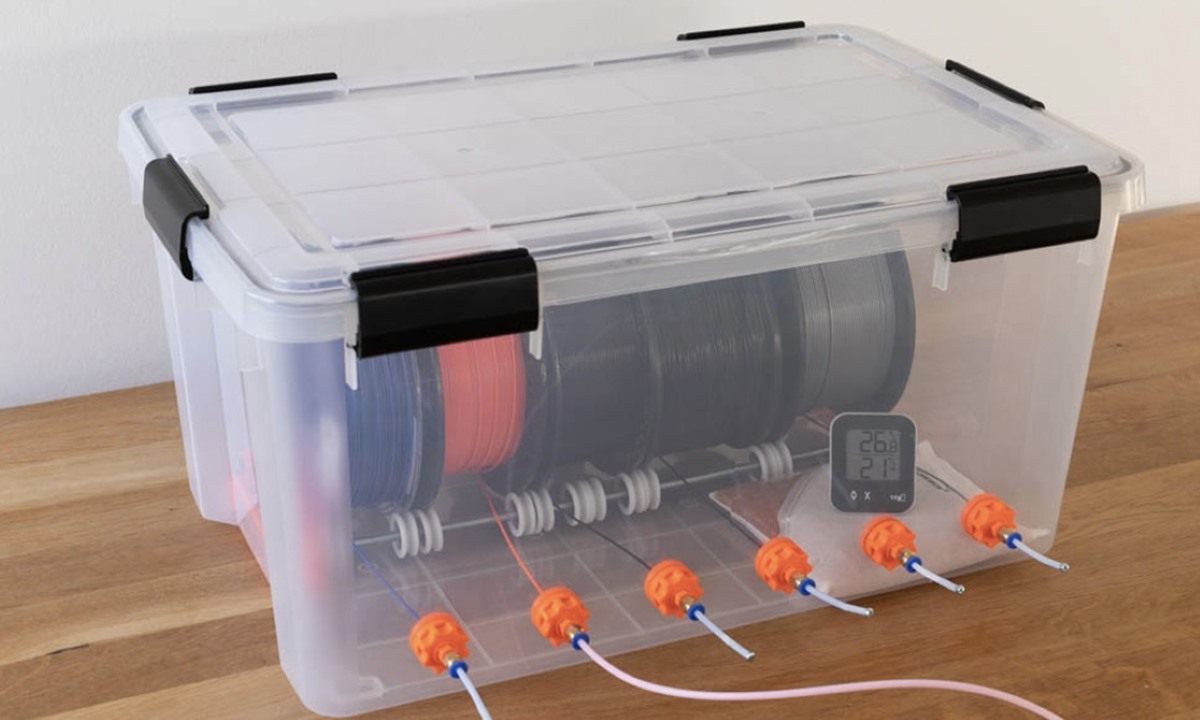
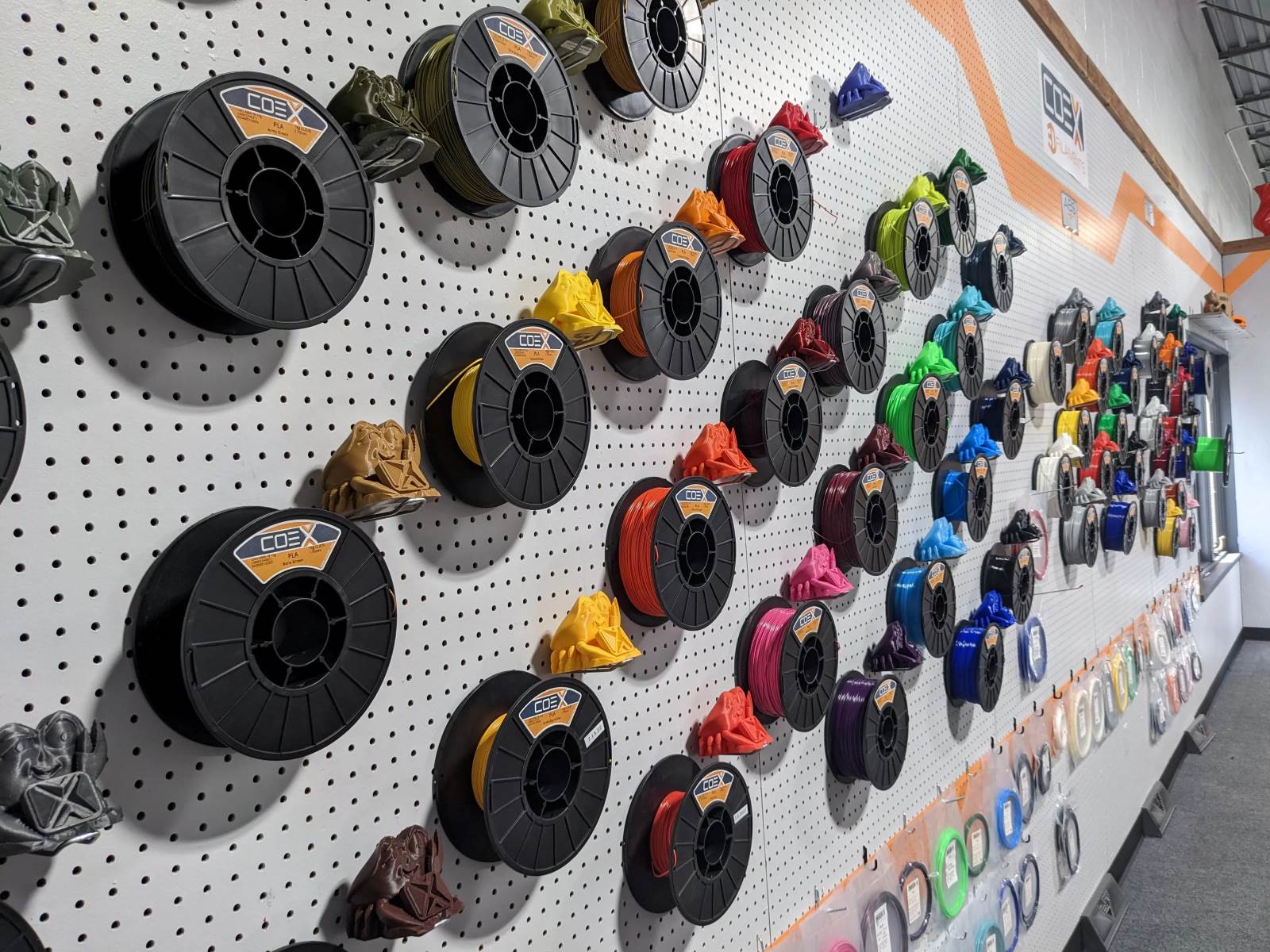
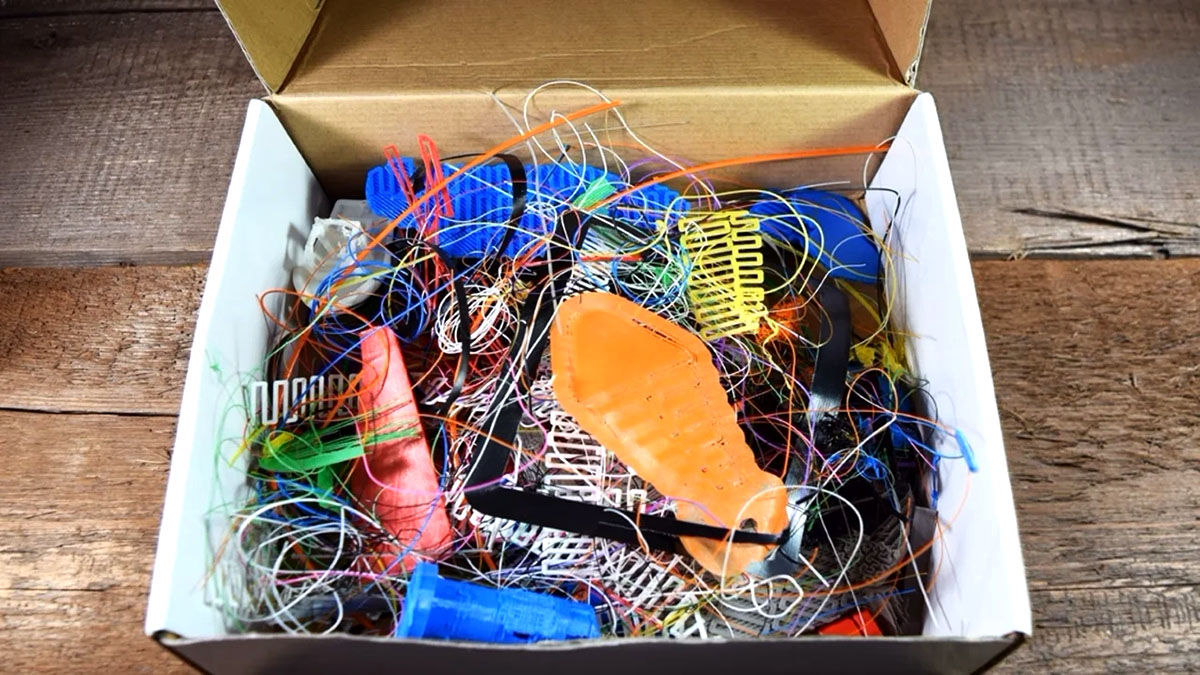
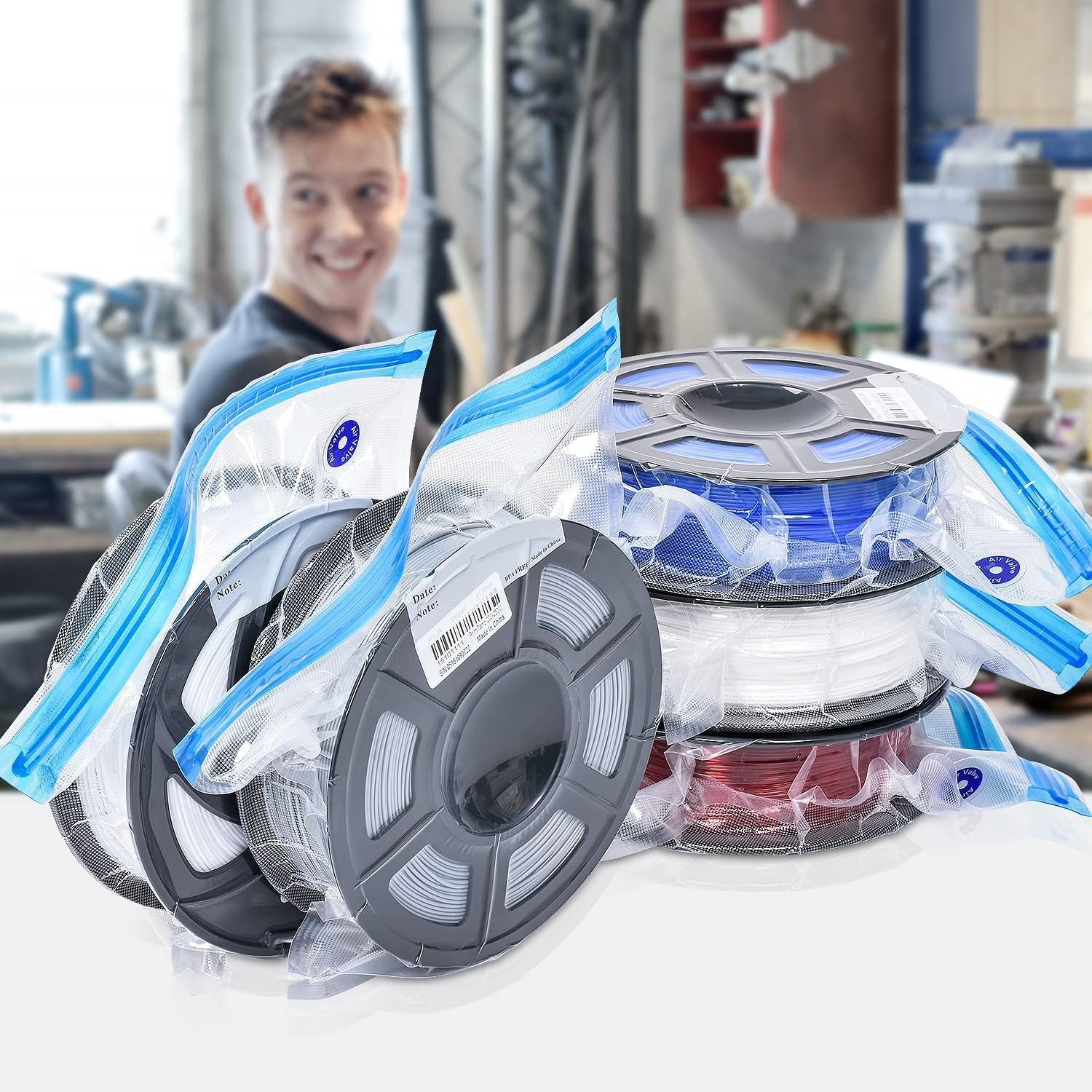
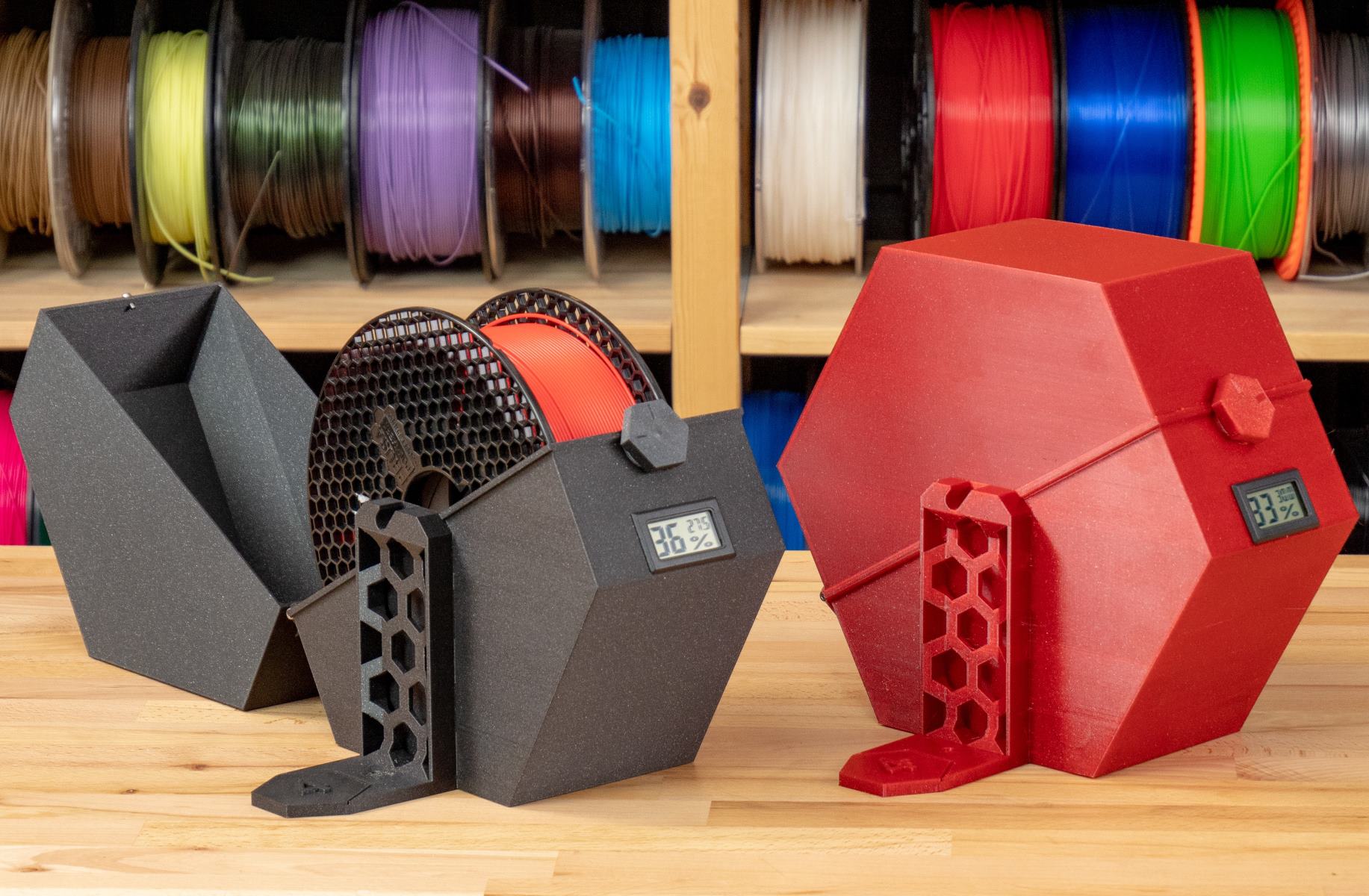
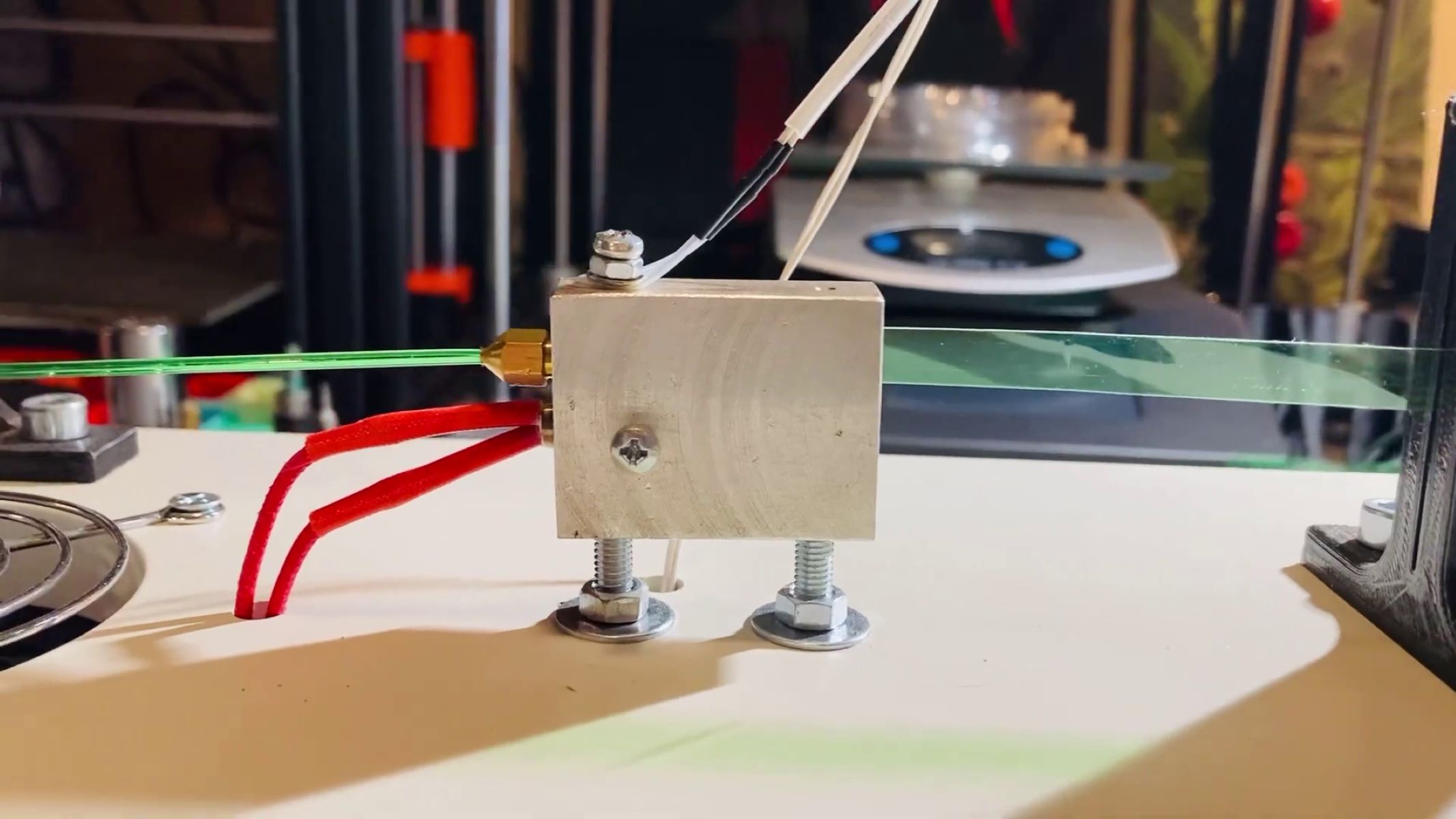
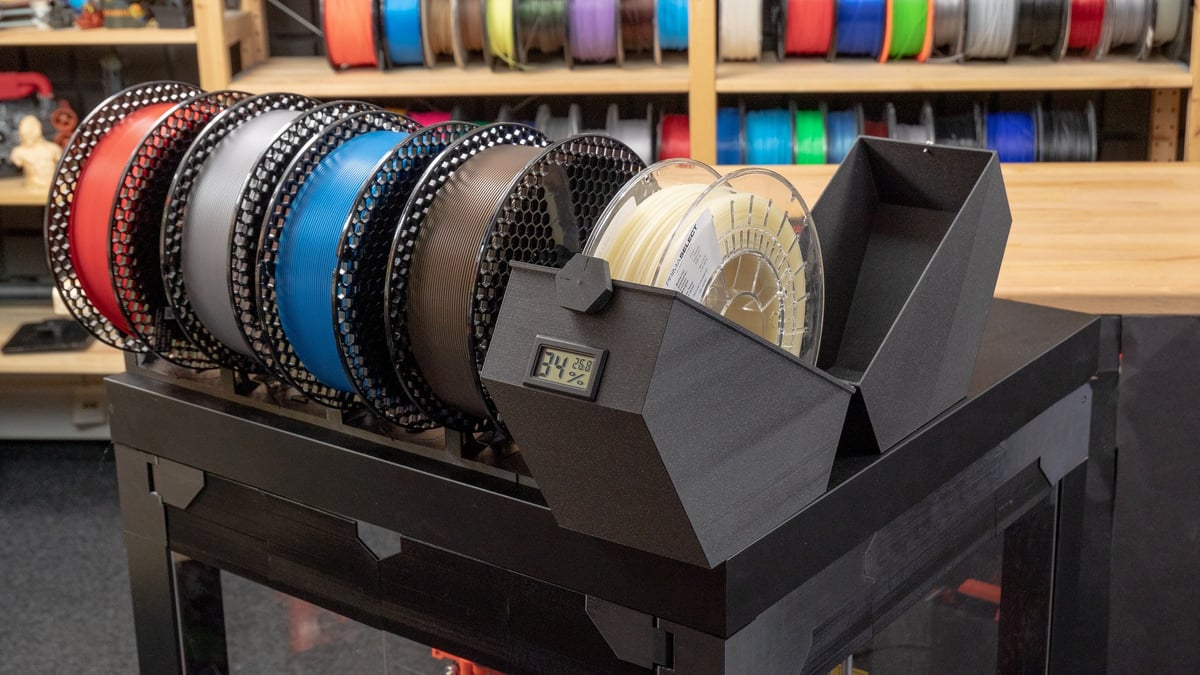

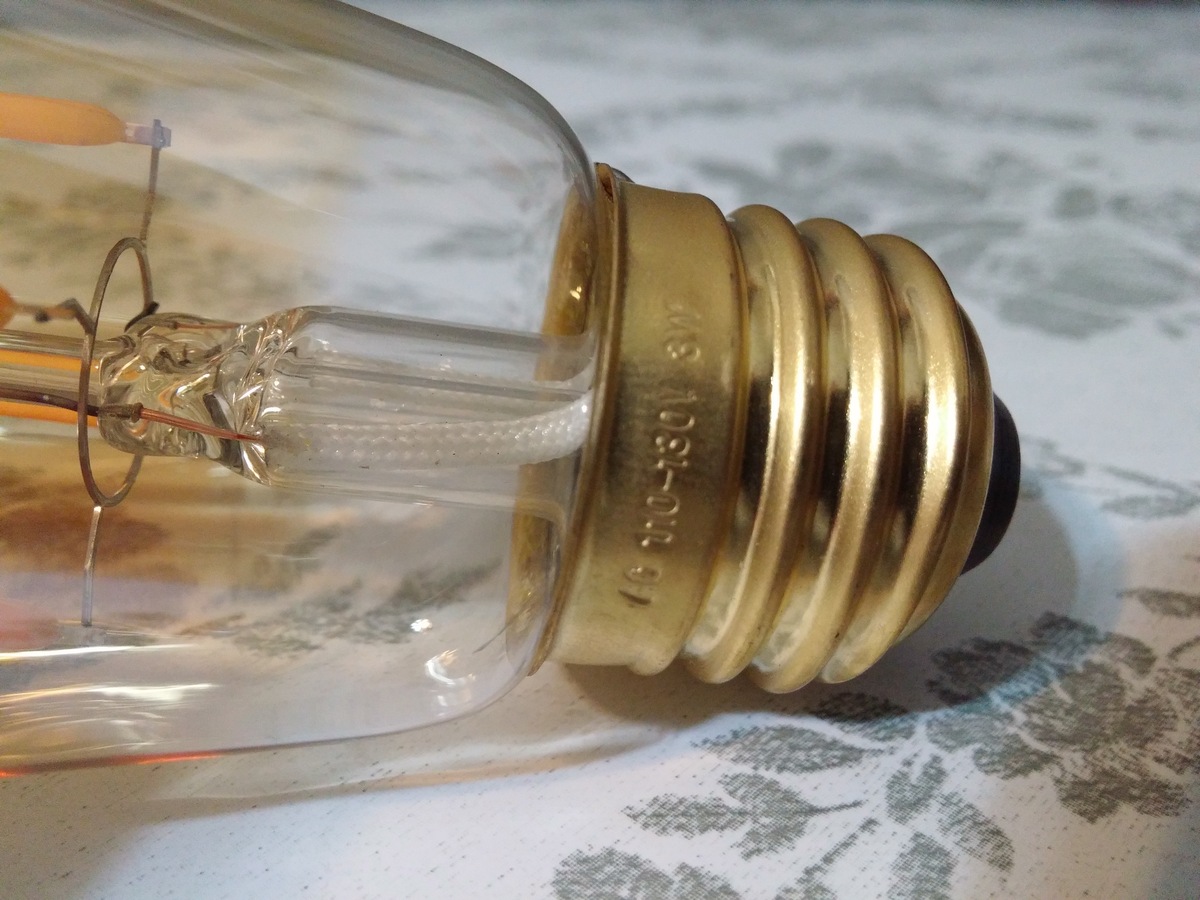
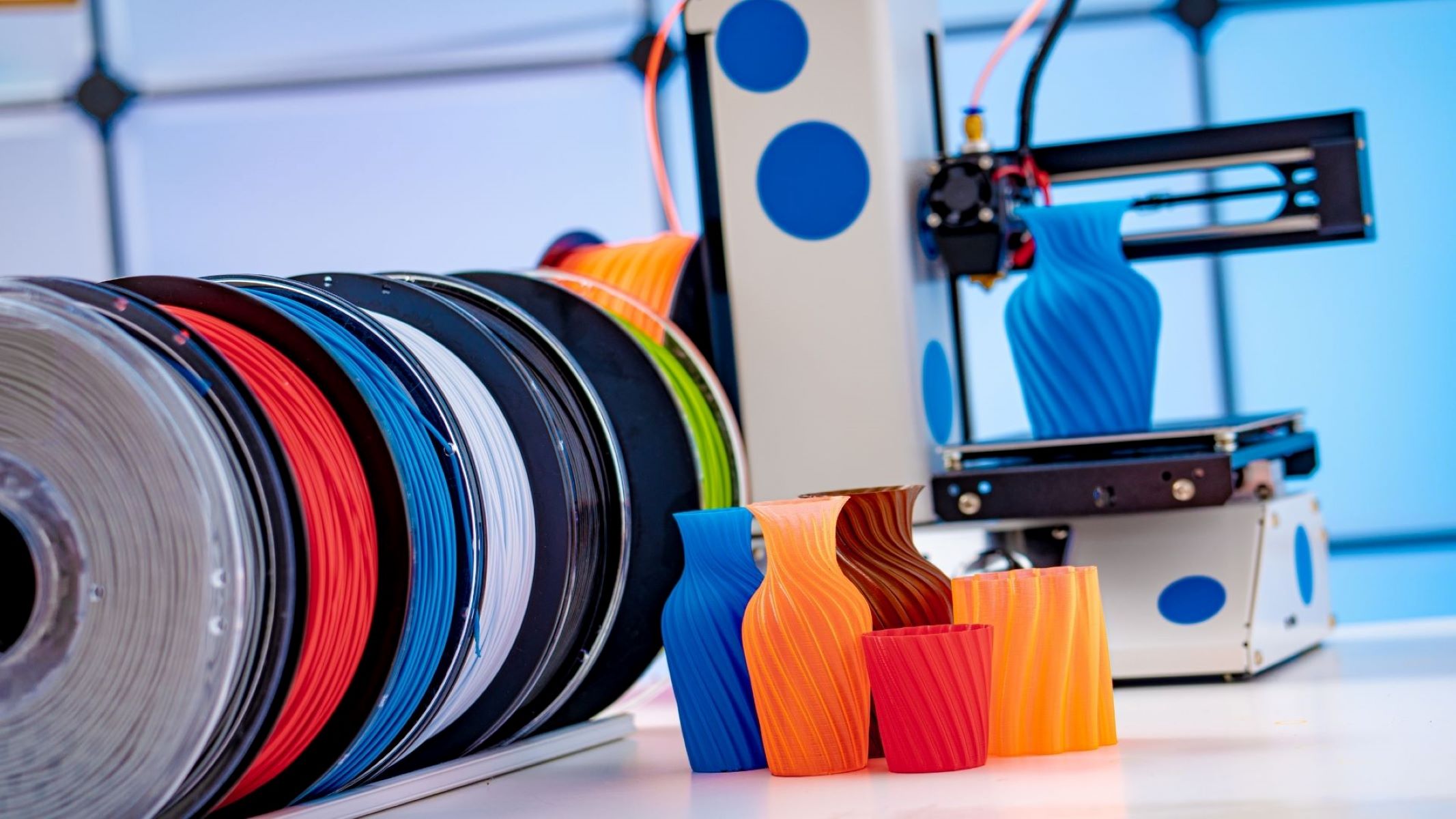
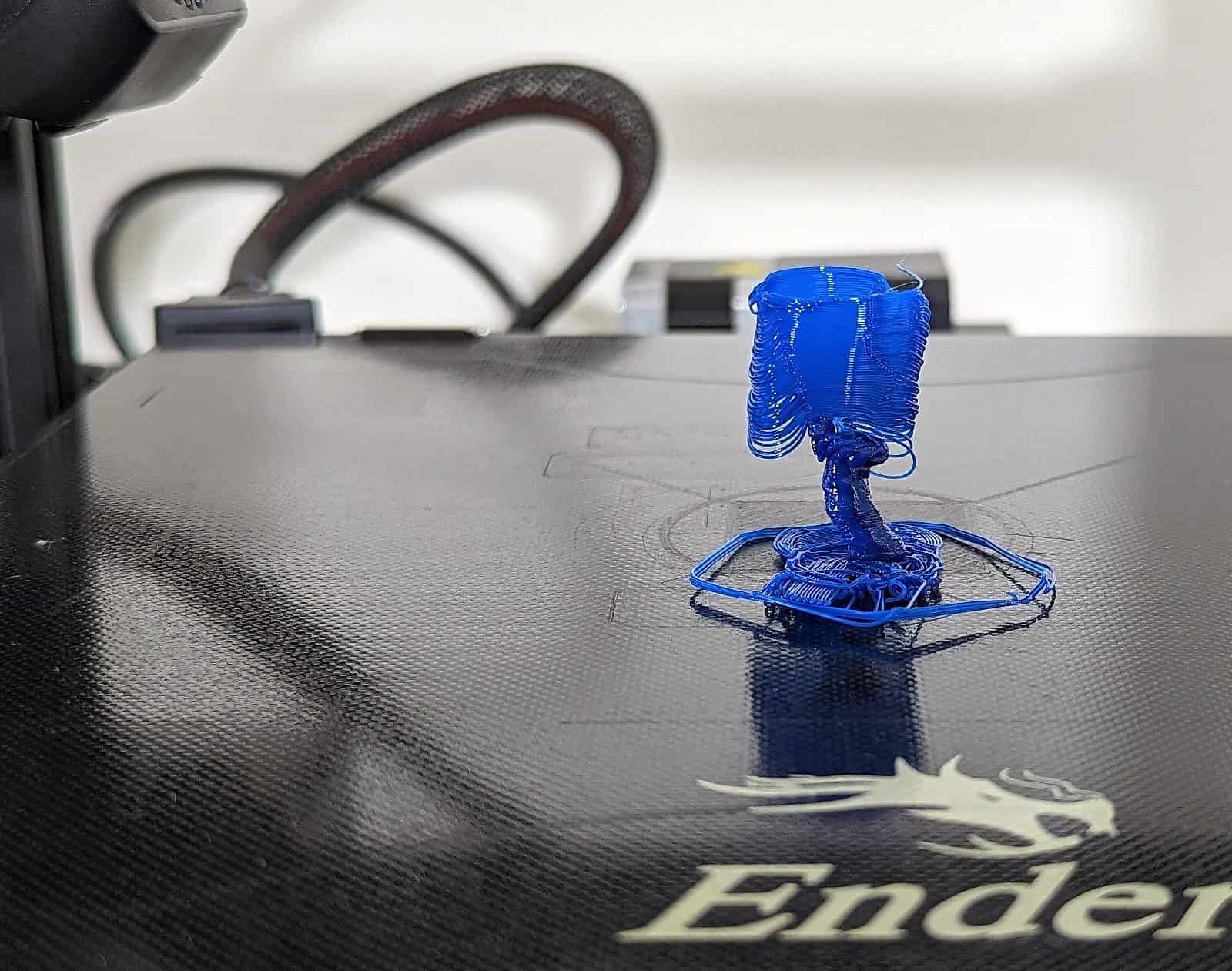




0 thoughts on “How To Store Pla Filament”